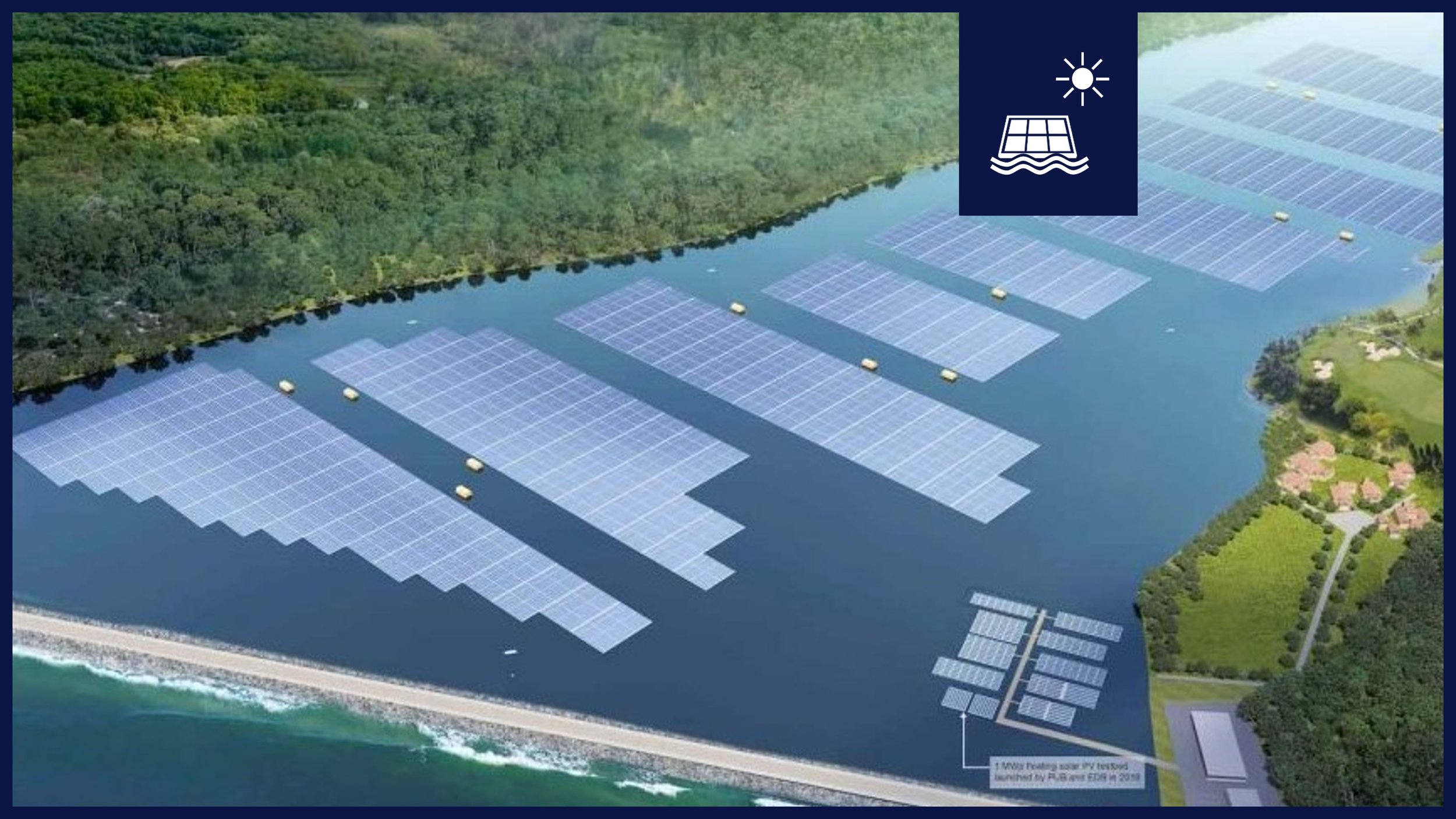Solar PV
Solar PV is the practice of applying solar panels to accomodate your ship’s energy demand. This page is intended to showcase frequently asked questions, costs, case studies and more. Contact the helpdesk to clarify your questions.
Key lessons
Solar is cheap as f**k. Levelized cost of energy for offshore solar is 1.3-2.5 cents per kWh. That is about 5 to 6 times less than conventional energy generation offshore by means of combustion. More soon to follow!
We are working on an overview of offshore solar projects around the world. More soon to follow!
There are three major producers of floating solar in the world: Ocean Sun, Ciel et Terre and Sungrow.
Which technical specifications and standards apply when working with floating solar?
Case studies and technology examples
Thailand is close to completing one the world's biggest hydro-floating solar hybrid farms on the surface of a dam, part of steps towards boosting renewable energy production after years of criticism for reliance on fossil fuels.
Equinor will explore opportunities within the realm of floating solar power. Together with Moss Maritime the company wants to start testing near the island of Frøya in the late summer of 2021. The plant will measure 6400 m2 and rise 3 meters above sea level and appears to be made of interlinked rigid structures.
Does floating solar work in high waves and storms? Yes. It most certainly does.
Heliogen, backed by Bill Gates, makes fuel out of thin air and sunlight. It simply costs a lot of energy.
This blog sketches a vision on how to convert the largest crane vessel in the world - Sleipnir - owned by Heerema Marine Contractors, to a zero-emission vessel. Several promising carbon reduction measures are combined which are technically viable and based on matured technology including electrification and BES, solar panels, synthetic fuels, CCS and possibly hydrogen combustion.
Solar PV is integrated with the local water treatment system on Tengeh Reservoir in Singapore, offsetting 6% of its annual energy needs for 25 years.
Kind of what you expect. A full-scale behavioral analysis of a 4 [MW] floating solar system by Foresys. Made in Orcaflex.
People think we need energy. Truth is, we do not. We need heating, lighting and transportation. At the right place, on the right time. Generating energy is not the issue, the trick is how to transform it into useful energy and store it. So how can we combine the cheapest form of energy generation with energy storage? What is the best place to generate gigantic, ridiculous amounts of energy? As in tenths of gigawatts, the size of small countries? In the desert with solar energy? Think again.













We are working on a list of frequently asked questions regarding offshore solar. More soon to follow!